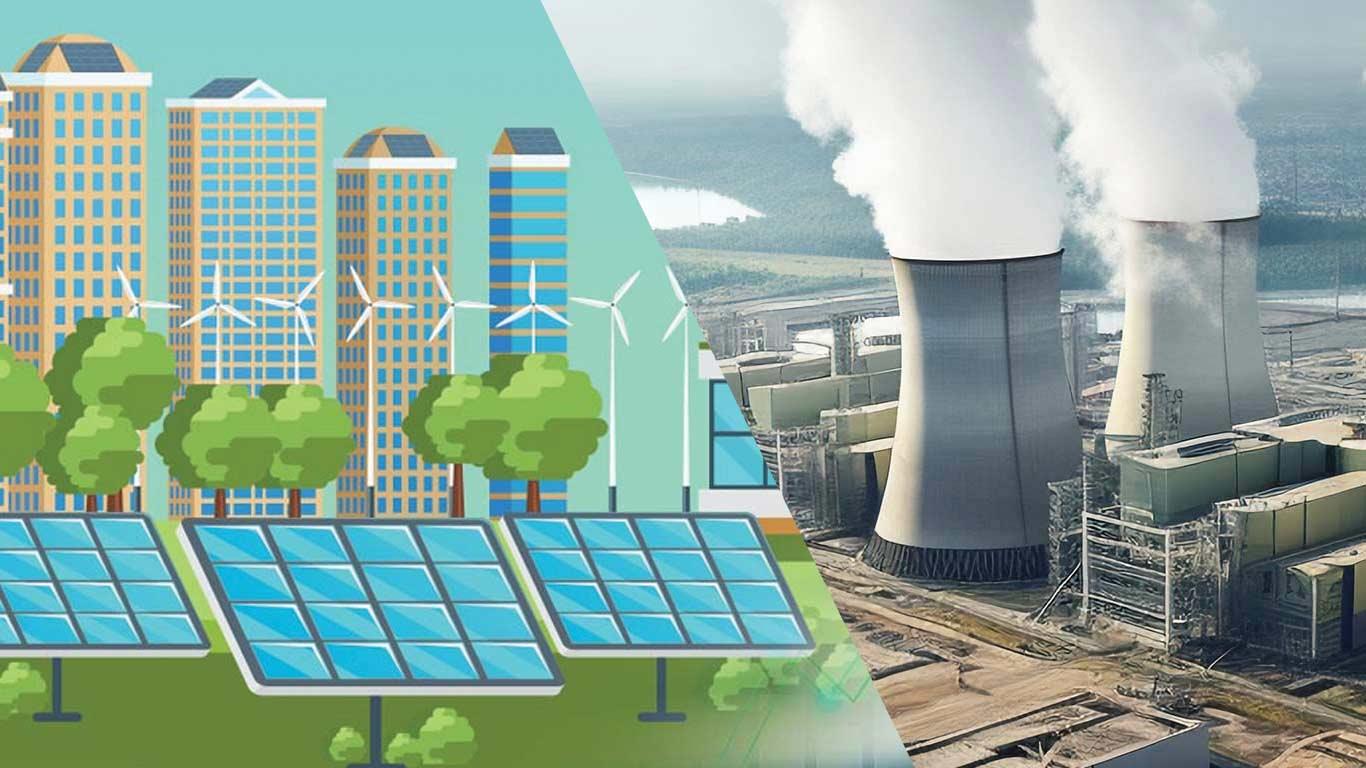
India's Clean Energy Drive Could Accelerate Coal Plant Closures By 2030
He noted that several coal plants are over four decades old, inefficient, and polluting - making them the first candidates for retirement, reported business standard.
Currently, coal accounts for nearly two-thirds of India's electricity generation. The government still plans to add about 90 gigawatts of new coal capacity by 2032 to meet growing energy demand.
However, renewable capacity - now around 220 GW - is expected to more than double by 2030, driven by solar, wind, and storage initiatives.
Sinha said that advancements in renewable energy and storage technologies are improving grid reliability, which could make it easier to retire aging coal plants sooner.
“As renewable-plus-storage solutions mature, we will see more flexibility and stability in the grid,” he explained.
Yet, challenges remain. India's power demand continues to rise sharply, and dependence on imported renewable components - especially from China - creates supply-chain risks.
Sinha stressed that boosting domestic manufacturing of solar and wind equipment is crucial for a smooth energy transition.
Overall, while coal will remain an essential part of India's power mix in the near term, the growing share of renewables, combined with technological progress and environmental pressures, is likely to reshape the country's energy landscape by 2030.
(KNN Bureau)
Legal Disclaimer:
MENAFN provides the
information “as is” without warranty of any kind. We do not accept
any responsibility or liability for the accuracy, content, images,
videos, licenses, completeness, legality, or reliability of the information
contained in this article. If you have any complaints or copyright
issues related to this article, kindly contact the provider above.


















Comments
No comment